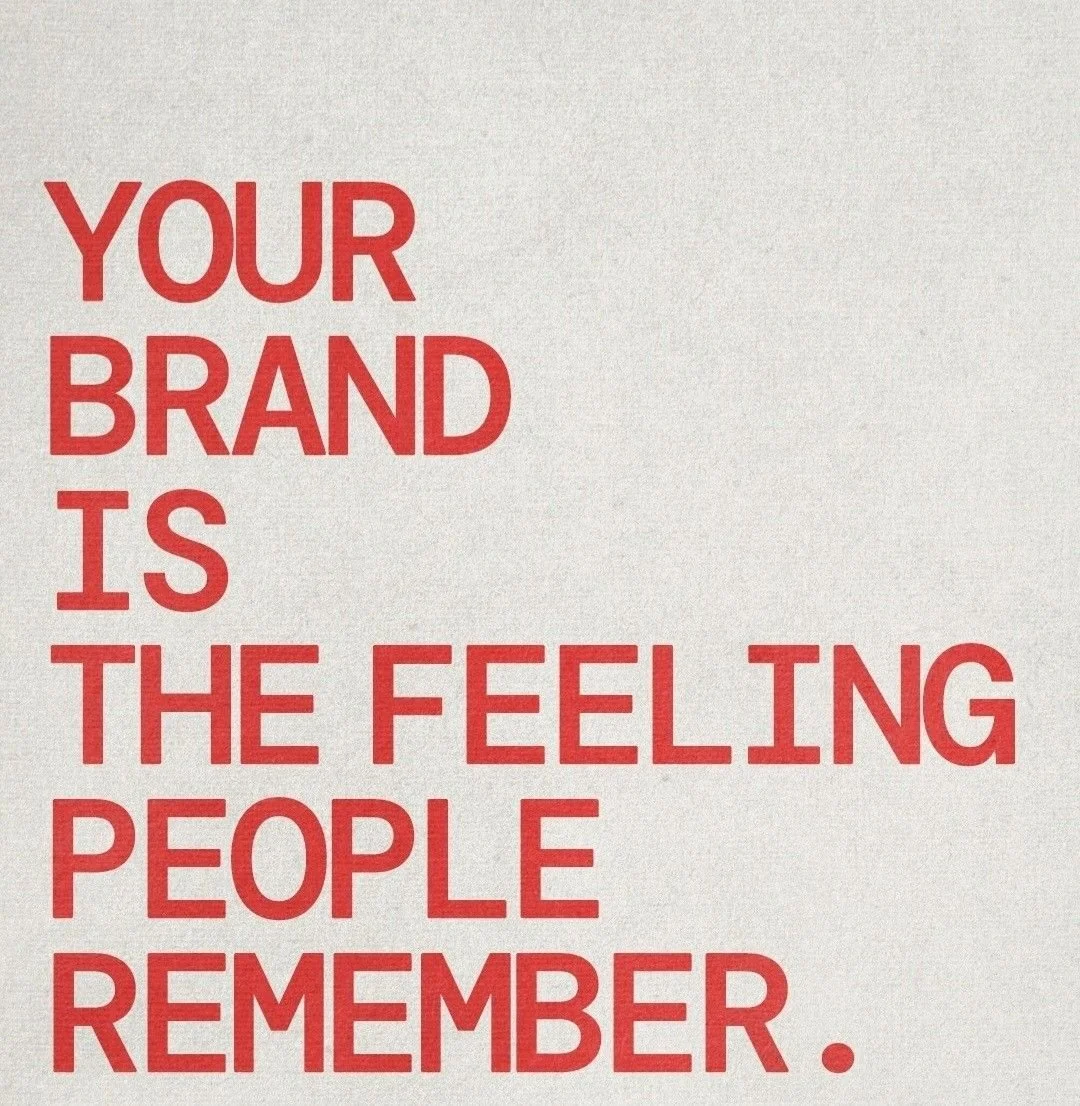Brand Activism: From "We" to "Me"
Rossella Forlè, Founder We Hate Pink
I've been a marketer for over twelve years, long enough to see trends rise, rebrand, and reappear with new fonts. But I've also been an activist for most of that time, observing how the same tools we use to sell can also be used to mobilise, expose, and envision something better.
That dual perspective—marketer and activist—has taught me one key thing: the line between “communication" and “complicity" is thinner than it seems.
We're living in a moment where brands aren't just selling; they're signalling, and they're doing so in a cultural landscape where trust is fragile, politics are polarised, and silence can speak as loudly as words.
The Trust Economy and the Activism Shift
According to Edelman’s 2025 Trust Barometer, people now trust brands more than governments, media, or even NGOs. The report — From We to Me — shows how consumers expect brands to show up personally, not as institutions, but as allies.
That shift rewrites the rules. If trust is the new currency, activism is the contract. And when that contract breaks, boycotts become the enforcement mechanism.
Research backs this up. Kim (2025) finds that brand activism works when it's credible and grows from a history of consistent values, but fails when it feels opportunistic. Anisimova (2025) calls this our “permacrisis” era: insecurity, and upheaval resulting from a series of interconnected crises, political, economic, environmental, and health-related ones, where every campaign is politicised, and every silence is interpreted.
So when brands engage in activism, they're not just “doing good.” They’re negotiating identity, legitimacy, and power in real time.
When Marketing Meets Movement
In marketing theory, brand activism is often described as a way to build long-term relational capital with society, a bridge between profit and purpose (Pimentel, Bassi-Suter & Didonet, 2024). But in the world of activism, movements aren’t judged by market share; they're judged by what they dismantle and what they build. That’s the real tension: marketing asks what connects, activism asks what changes.
When those worlds overlap, things get complicated. Campaigns can inspire solidarity or provoke backlash; “awareness” can amplify resistance or flatten it into a trend. Authenticity becomes everything. Marketing, by nature, loves the spectacle, the big splash, the glossy film, the statement that trends for a week. But activism operates on another rhythm; it asks what remains when the hashtag fades, what change endures once the campaign ends.
As Verlegh (2024) notes, people quickly spot the gap between internal culture and external message. Authenticity isn’t aesthetic; it's structural. It’s about how a brand behaves when nobody’s watching.
From the marketing side, storytelling will always matter, but from the activism side, storytelling without structural change is empty performance. Brands that anchor their values in the way they operate, produce, hire, and share power tend to endure. Podnar (2024) calls this "organisational authenticity": coherence between what a company says and what it truly is. The real work, then, happens off-camera, in procurement, in pay equity, in board meetings, and in how a company treats the people who can't afford its products.
From CSR to Culture
We're past the age of "corporate social responsibility." CSR was an add-on; culture is the operating system. Brands no longer live outside the social sphere; they're part of it, and their ads, tone, and even hiring decisions shape cultural narratives. The question is no longer whether brands should speak out, but how coherently they can act when they do.
And coherence is a moving target. Because every act of brand activism now carries two readings: one in the marketplace, and one in the movement. Both are judged, both are shared, both can spiral.
As Francioni (2025) shows, trust has become a performance metric in itself. When it collapses, no amount of creativity or product excellence can fix it, which is why some marketers are beginning to treat “trust” and “boycott probability” as KPIs — not as moral philosophy, but as measurable business risk.
But that shift is what makes marketing evolve from persuasion to participation, from campaign to covenant.
What's Left to Learn
The consumers of 2025 are fluent in irony and allergic to hypocrisy. They've seen brands jump on every rainbow and hashtag; they know when a message is borrowed, or when it's born from lived values.
That's why brand activism today can't just speak for causes; it has to join them.
Joining means listening, redistributing, sometimes stepping aside.
Speaking often means centring yourself in someone else's fight.
The difference sounds semantic, but it's moral. Real activism, even branded, should leave power redistributed, not rebranded.
If trust is the currency and activism is the contract, then the handshake has to be real. Because what’s at stake isn't only a brand's reputation, but the integrity of collective change itself.
So here's the question:
If marketing turns every cause into content — if activism itself becomes pop — can “making a cause pop” still help the cause? Or does it just turn rebellion into another ad format?


